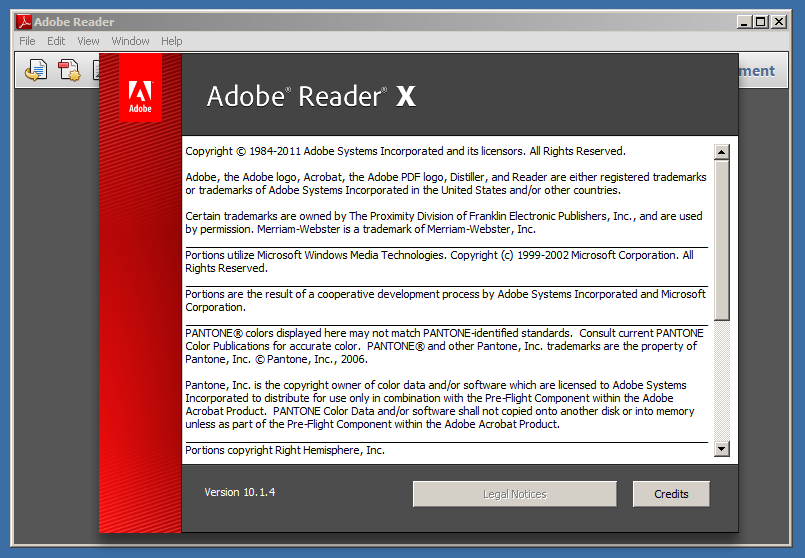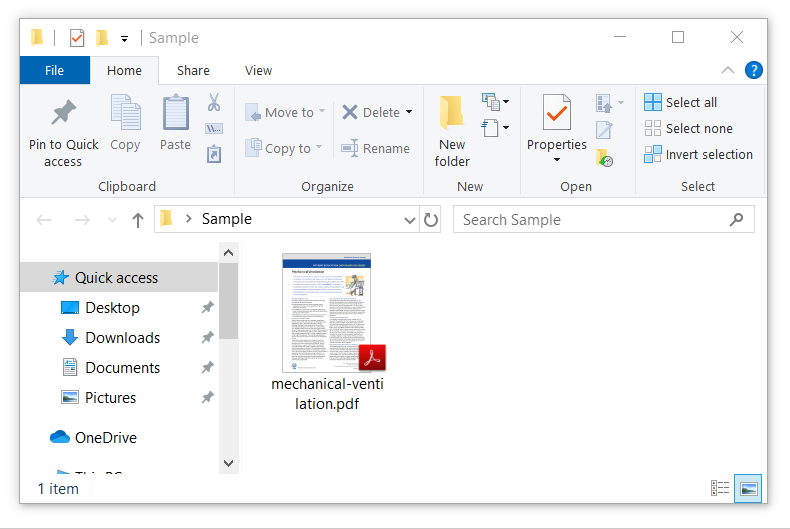

- #How to get the latest version of adobe reader pdf
- #How to get the latest version of adobe reader update
- #How to get the latest version of adobe reader 64 bits
- #How to get the latest version of adobe reader windows
The following breakpoint can be set to trace how the memory region is freed and then used again.īu Acrobat!AIDE::PixelPartInfo::PixelPartInfo+0xfe2e2e The two highlighted parts have the same stack backtraces. The comparison between the outputs of command !heap -p -a and kb Therefore, when Adobe Acrobat accesses this freed memory region it will cause a Use-After-Free crash.įigure 3. In Figure 3, the register RDX points to a freed memory region.

In Windbg, when the memory access violation happens, the memory address that triggered the exception can be analyzed, along with the stack backtraces. Zscaler ThreatLabz also noticed the same vulnerability can be reproduced by calling the Doc.print() function with no parameters as shown below. The definition of the Javascript API Doc.print()įigure 2 shows the crafted PoC to trigger this vulnerability.

In Figure 1, the definition of the Javascript API Doc.print() is shown.įigure 1. This Use-After-Free (UAF) vulnerability is triggered when Adobe Reader improperly handles the Doc.print() Javascript API that is filled with specially crafted parameters.
#How to get the latest version of adobe reader 64 bits
The following crash will be produced:Īdobe Acrobat Reader DC 64 bits version, Product version: 7.0 Adobe Acrobat will cause a crash after a while.Next, issue the command g in Windbg multiple times.

#How to get the latest version of adobe reader pdf
The vulnerability can be triggered by opening a malicious PDF file.
#How to get the latest version of adobe reader windows
#How to get the latest version of adobe reader update
The update fixed a vulnerability that is identified as CVE-2022-34233 discovered by the Zscaler ThreatLabz research team. In July 2022, Adobe released a security update for vulnerabilities in Adobe Acrobat and Reader.


 0 kommentar(er)
0 kommentar(er)
